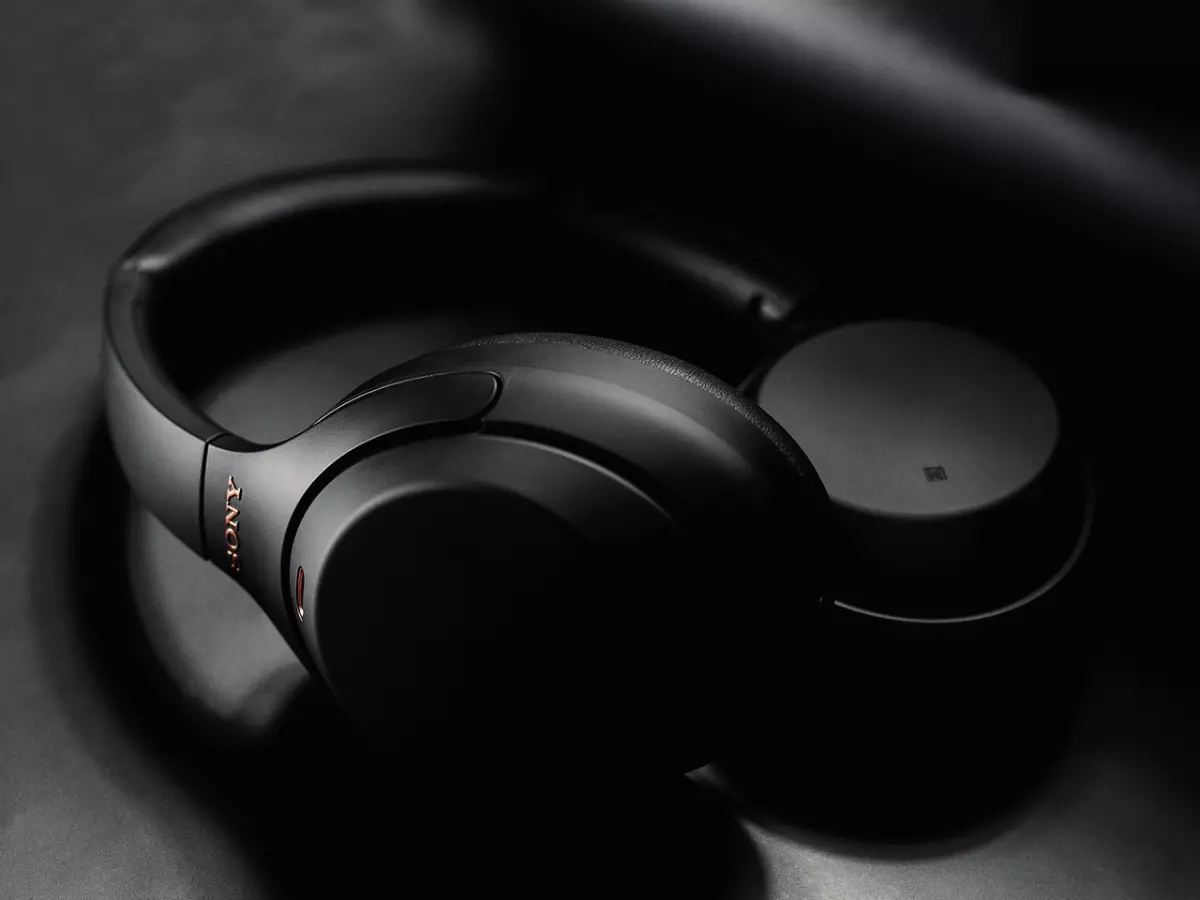Sensors in Charge?
What if the most important part of your gadget isn't the processor, the RAM, or even the battery? What if it's something you barely notice—until it stops working?

By Elena Petrova
Back in the early 2000s, when smartphones were still a novelty and not an extension of our hands, sensors were a mere afterthought. Sure, your phone had a basic accelerometer and maybe a proximity sensor, but that was about it. Fast forward to today, and sensors are everywhere in your gadgets. From gyroscopes to ambient light sensors, they’re the unsung heroes of modern tech. But here's the kicker—these tiny components might actually be holding your device back.
So, how did we get here? Well, as gadgets became smarter, they needed more data to function. Sensors became the go-to solution for gathering that data. Whether it's your phone adjusting its brightness based on ambient light or your smartwatch tracking your heart rate, sensors are constantly working behind the scenes. But as we pile on more sensors, we also increase the demand on the device's processing power and battery life. And that's where things get tricky.
More Sensors, More Problems?
Let’s break it down. Every sensor in your gadget is like a little data factory. It’s constantly collecting information, whether you’re actively using it or not. And while that sounds great in theory, all that data needs to be processed. Your device’s CPU and GPU have to work overtime to make sense of it all, which can lead to slower performance, overheating, and—yep, you guessed it—shorter battery life.
Take your smartphone, for example. Modern phones come packed with sensors: accelerometers, gyroscopes, magnetometers, proximity sensors, ambient light sensors, fingerprint scanners, and even barometers. Each of these sensors is doing its own thing, feeding data to the processor. Now, imagine you’re playing a game that requires the accelerometer and gyroscope to detect motion while the ambient light sensor adjusts the screen brightness, and the fingerprint sensor is on standby for security. That’s a lot of data flying around, and your processor has to juggle it all.
But here’s the twist—most of the time, you don’t even need all that data. Your phone might be collecting information from its sensors even when it’s sitting in your pocket. And while that might seem harmless, it’s actually draining your battery and using up processing power that could be better spent elsewhere.
The Future of Sensors: Smarter, Not More
So, what’s the solution? Do we just stop adding sensors to gadgets? Not exactly. The future isn’t about having fewer sensors—it’s about having smarter ones. Instead of bombarding your device with constant streams of data, future sensors will be more selective about when and how they collect information. Think of it like a traffic cop directing cars at a busy intersection. Instead of letting every car go at once, the cop only lets through the ones that need to be there.
One promising development is the rise of AI-powered sensors. These sensors can analyze data on their own, without needing to send everything to the processor. For example, an AI-powered camera sensor could automatically adjust settings based on the lighting conditions, without needing to involve the CPU. This not only improves performance but also saves battery life.
Another exciting innovation is the use of edge computing in sensors. Instead of sending data to a central processor, edge computing allows sensors to process data locally. This reduces the load on the main processor and speeds up response times. Imagine a smartwatch that can analyze your heart rate in real-time without needing to send the data to your phone or a cloud server. That’s the power of edge computing in sensors.
Are Sensors Holding Us Back?
At the end of the day, sensors are both a blessing and a curse. They make our gadgets smarter, more intuitive, and more responsive. But they also put a strain on performance and battery life. As we move forward, the challenge will be finding a balance between adding more sensors and ensuring they don’t become a bottleneck for performance.
So, the next time you’re frustrated with your gadget’s performance, don’t just blame the processor or the RAM. Take a closer look at the sensors. They might just be the hidden culprit.





